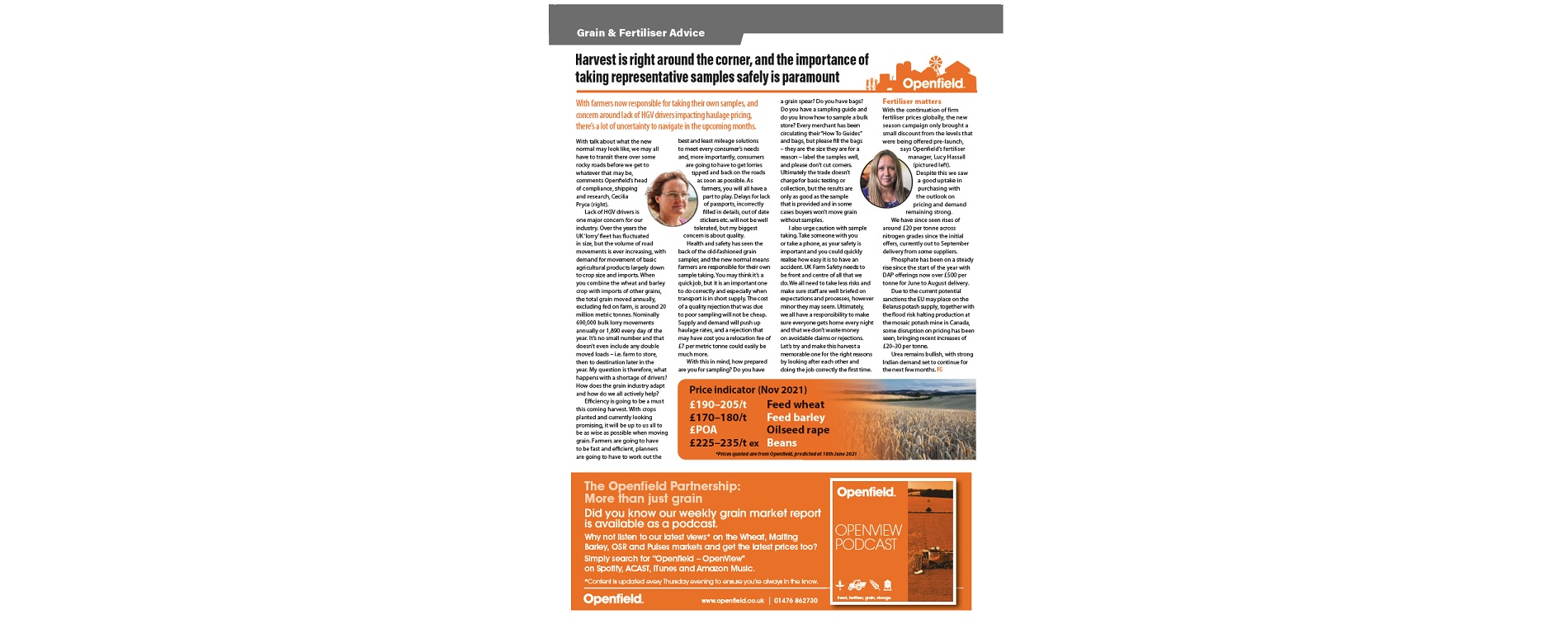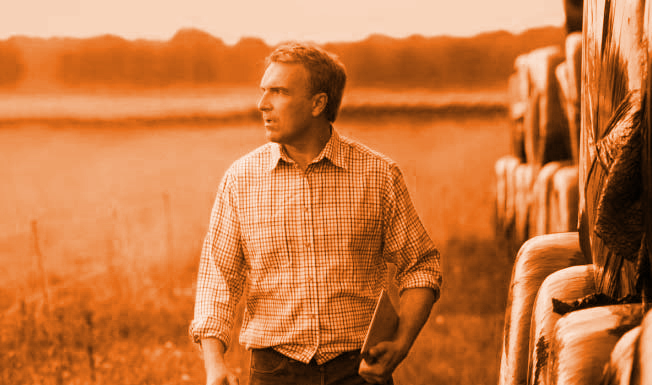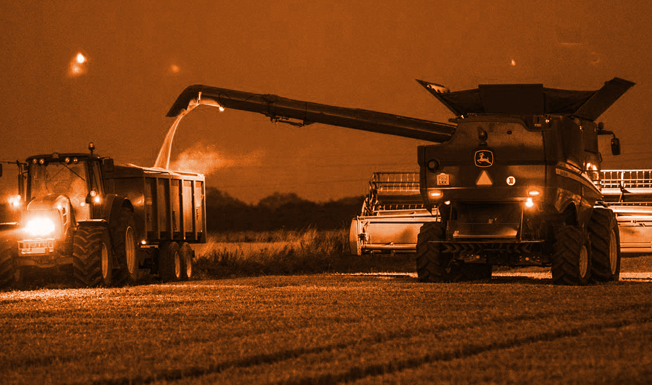Harvest is right around the corner, and the importance of taking representative samples safely is paramount
With farmers now responsible for taking their own samples, and concern around lack of HGV drivers impacting haulage pricing, there’s a lot of uncertainty to navigate in the upcoming months.
With talk about what the new normal may look like, we may all have to transit there over some rocky roads before we get to whatever that may be. Lack of HGV drivers is one major concern for our industry. Over the years the UK ‘lorry’ flee has fluctuated in size, but the volume of road movements is ever increasing, with demand for movement of basic agricultural products largely down to crop size and imports. When you combine the wheat and barley crop with imports of other grains, the total grain moved annually, excluding fed on farm, is around 20 million metric tonnes. Nominally 690,000 bulk lorry movements annually or 1,890 every day of the year. It’s no small number and that doesn’t even include any double moved loads – i.e. farm to store, then to destination later in the year. My question is therefore, what happens with a shortage of drivers?
How does the grain industry adapt and how do we all actively help? Efficiency is going to be a must this coming harvest. With crops planted and currently looking promising, it will be up to us all to be as wise as possible when moving grain. Farmers are going to have to be fast and efficient, planners are going to have to work out the best and least mileage solutions to meet every consumer’s needs and, more importantly, consumers are going to have to get lorries tipped and back on the roads as soon as possible. As farmers, you will all have a part to play. Delays for lack of passports, incorrectly labelled in details, out of date stickers etc. will not be well tolerated, but my biggest concern is about quality. Health and safety has seen the back of the old-fashioned grain sampler, and the new normal means farmers are responsible for their own sample taking. You may think it’s a quick job, but it is an important one to do correctly and especially when transport is in short supply. The cost of a quality rejection that was due to poor sampling will not be cheap. Supply and demand will push up haulage rates, and a rejection that may have cost you a relocation fee of £7 per metric tonne could easily be much more.
With this in mind, how prepared are you for sampling? Do you have a grain spear? Do you have bags? Do you have a sampling guide and do you know how to sample a bulk store? Every merchant has been circulating their “How To Guides” and bags, but please fill the bags – they are the size they are for a reason – label the samples well, and please don’t cut corners. Ultimately the trade doesn’t charge for basic testing or collection, but the results are only as good as the sample that is provided and in some cases buyers won’t move grain without samples. I also urge caution with sample taking. Take someone with you or take a phone, as your safety is important and you could quickly realise how easy it is to have an accident. UK Farm Safety needs to be front and centre of all that we do. We all need to take less risks and make sure staff are well briefed on expectations and processes, however minor they may seem. Ultimately,
we all have a responsibility to make sure everyone gets home every night and that we don’t waste money on avoidable claims or rejections. Let’s try and make this harvest a memorable one for the right reasons by looking after each other and doing the job correctly the first time.
Fertiliser matters
With the continuation of firm fertiliser prices globally, the new season campaign only brought a small discount from the levels that were being offered pre-launch. Despite this we saw a good uptake in purchasing with the outlook on pricing and demand remaining strong. We have since seen rises of around £20 per tonne across nitrogen grades since the initial offers, currently out to September delivery from some suppliers.
Phosphate has been on a steady rise since the start of the year with DAP offerings now over £500 per tonne for June to August delivery. Due to the current potential sanctions the EU may place on the Belarus potash supply, together with the flood risk halting production at the mosaic potash mine in Canada, some disruption on pricing has been seen, bringing recent increases of £20–30 per tonne. Urea remains bullish, with strong Indian demand set to continue for the next few months.




